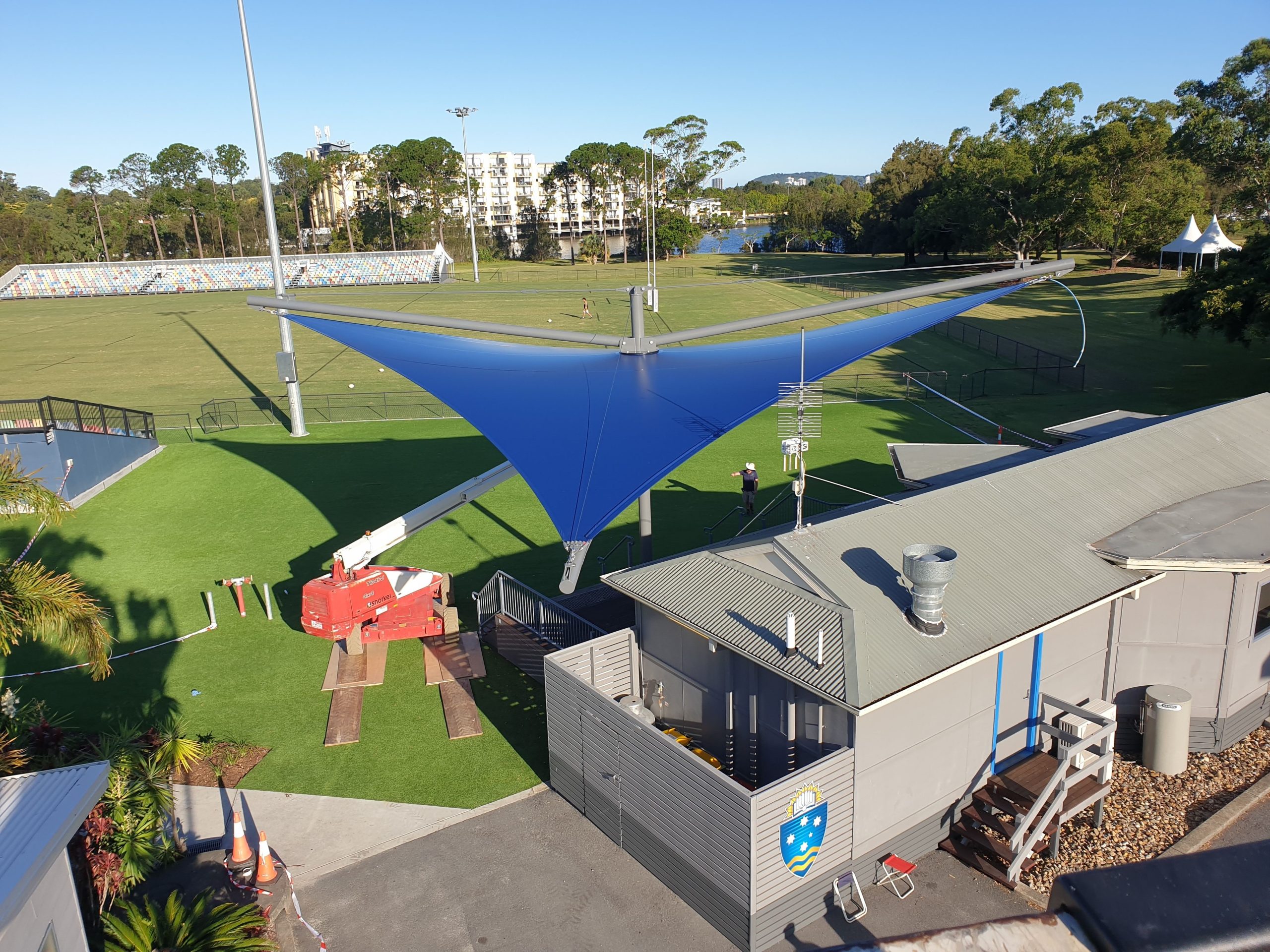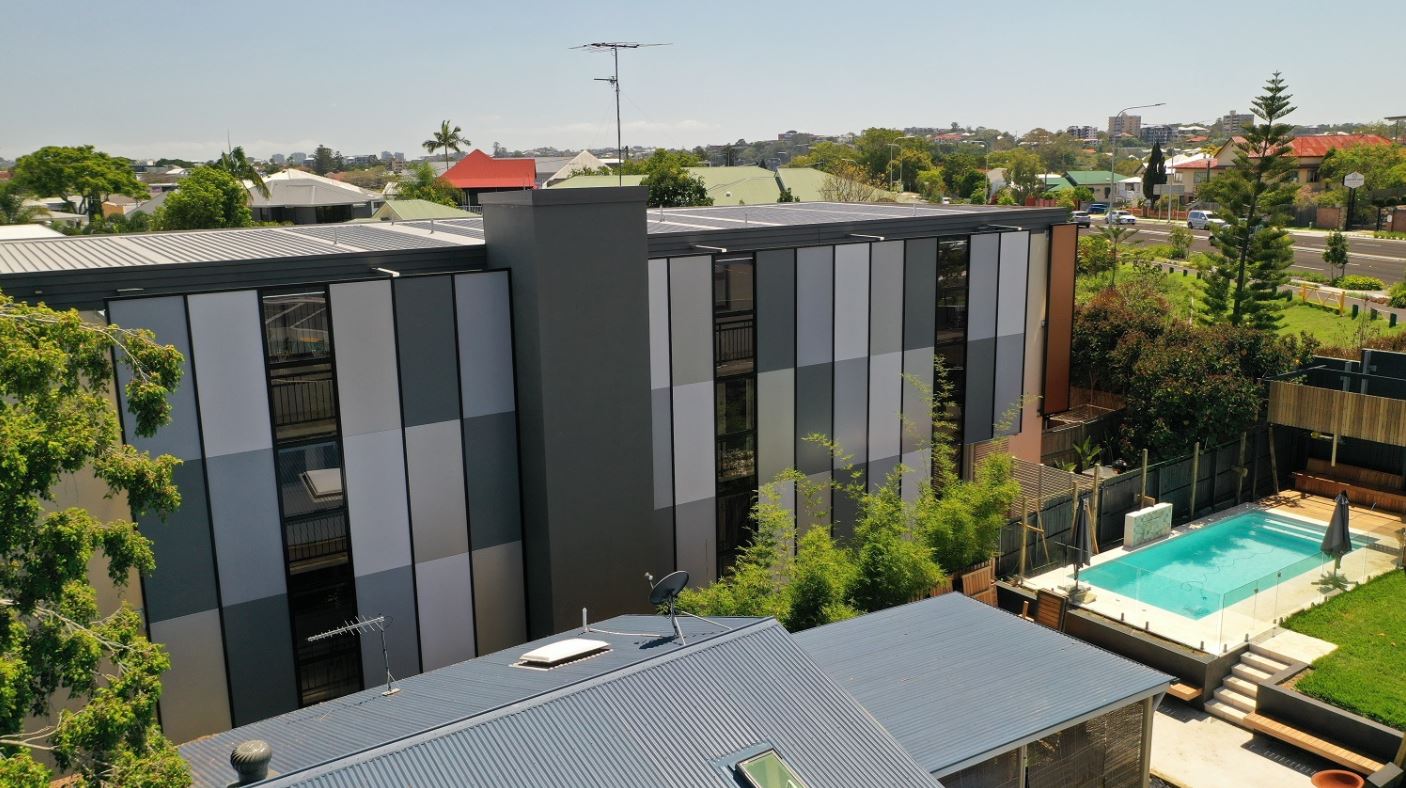ARCHITECTURAL STRUCTURES
YOU ARE HERE:
Quality, custom solutions for Architects, Developers and Commercial businesses
A successful architectural project provides users with a beautifully designed and highly functional outdoor space. We have been collaborating with architects, master planners, urban designers, specifiers, and builders for over 10 years to create quality shade solutions for commercial, industrial, and residential environments – be it existing, under construction or new. We know what regulations and compliances architects must adhere to. We understand tight budgets, short turnaround times and milestones under which they work. From the very first planning meeting to job completion, our expert team is hands-on to ensure our role in each project is efficient and excellent. It is preferred to get us involved in the early design intent to ensure the structures provide adequate shade and any potential issues with buildability are mitigated. We aim to make the entire project process from consulting to plan designs, approval management, engineering and more as easy as possible. Our expertise in shade sails in Brisbane ensures customised solutions that enhance functionality and aesthetics for any project.
Key benefits of our Architectural solutions
- Engineered to specific site conditions
- Custom fabricated to exact design specifications
- Steel coatings to suit site-specific conditions
- Highest quality materials and manufacturing guaranteed
- Up to 15-year warranty
- Parks
- Playgrounds
- Landscaping
- Retail
- Commercial.
Commercial Shade Cloth

<a href="https://www.versatilestructures.com.au/lismore-council-shade-structure/">Lismore Council Shade Structure</a>
Collaborating with Lismore City Council and following their base-level specifications to encompass leaves, trees and the natural elements of their existing parklands

<a href="https://www.versatilestructures.com.au/brewdog-shade-structure/">Brewdog Shade Structure</a>
BrewDog is the local haven in Brisbane for craft beer and epic food. We designed, manufactured and installed 14 colourful shade sails

<a href="https://www.versatilestructures.com.au/skate-park-shade-structures/">Skate park shade structure</a>
The Noosa Council have updated the Sunshine Beach skate park with a 190 square meter shade structure.
Waterproof PVC Membrane

<a href="https://www.versatilestructures.com.au/australia-zoo-tented-camp/">Australia Zoo tented camp</a>
An award-winning themed structure made from natural fibre ropes and canvas to represent an Australia outback tented camp for Australia Zoo.

<a href="https://www.versatilestructures.com.au/canterbury-shade-structure/">Canterbury Shade structure</a>
Fabricated and installed two pool structures for Canterbuy College including a 450m2 grandstand membrane for their new Olympic-size pool.

<a href="https://www.versatilestructures.com.au/bond-university-waterproof-shade-structure/">Bond University waterproof shade structure</a>
The Bond University Rugby team asked Versatile Structures to create a vypar structure for the Rugby Club
Specialised solutions

<a href="https://www.versatilestructures.com.au/habitat-on-juers-waterproof-shade-structure/">HABITAT ON JUERS</a>
Discover how Versatile Structures played a crucial role in the award-winning Habitat on Juers project, showcasing exceptional architecture, energy efficiency, and community-oriented design in

<a href="https://www.versatilestructures.com.au/actualising-architectural-design-intent/">Architectural Design</a>
A uniquely curved steel frame sporting a collage of aluminium butterflies and dragonflies for Pine Rivers Park playground.

<a href="https://www.versatilestructures.com.au/eskgrove-apartments-architectural-screen-structure/">ESKGROVE APARTMENTS</a>
Designed, engineered, manufactured, and installed a custom architectural external screening structure that minimises road traffic noise for Eskgrove apartments.

<a href="https://www.versatilestructures.com.au/lucent-project-progress/">Lucent Project Progress</a>
Custom sliding aluminium screens, sun hoods, tracking system and vertical fins for the 18-Storey Lucent apartments development in Newstead, Sydney.

<a href="https://www.versatilestructures.com.au/caboolture-rail-trail-structure/">Caboolture Rail Trail Structure</a>
Entry sign, double-sided identification signs, and laser cut distance marker plates on the paths and rail trail crossing designed, manufactured, and installed for the

<a href="https://www.versatilestructures.com.au/architectural-design-intent-meets-buildability/">Architectural Design</a>
A custom steel structure with polycarbonate roof manufactured and installed for Brisbane City Council's West End Urban Common Project.
